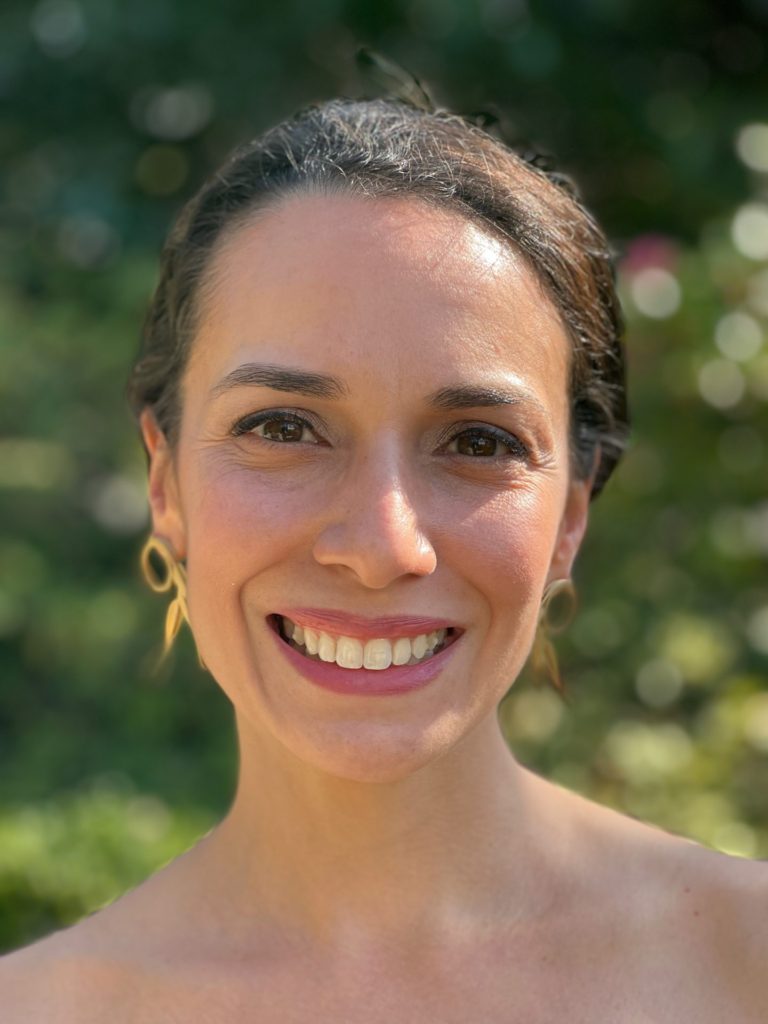Dry Needling vs. Acupuncture:
Understanding the Differences and Their Benefits in Charlotte, NC
As a chiropractor in Charlotte, NC, I am dedicated to providing my patients with a variety of effective treatments to address their unique needs. Two therapies that are often compared due to their use of needles are dry needling and acupuncture. Although they may appear similar at first glance, they are fundamentally different in terms of their principles, techniques, and goals. In this article, we will delve into the differences between dry needling and acupuncture, and how they can benefit patients seeking relief from various musculoskeletal conditions.
Origin and Philosophy of the Two Techniques
Acupuncture has its roots in traditional Chinese medicine, dating back thousands of years. This ancient practice is based on the belief that the body has a network of energy channels, known as meridians, which can become blocked and disrupt the body’s natural flow of energy. Acupuncture aims to restore balance to the body by stimulating specific points along these meridians with the use of thin, sterile needles.
On the other hand, dry needle therapy (also known as dry needling or myofascial trigger point dry needling) is a modern practice that originated in the 20th century. It is primarily based on Western medical principles and research. Dry needle therapy focuses on addressing musculoskeletal pain and dysfunction by targeting myofascial trigger points – tight knots of muscle fibers that can cause pain and restrict movement.
Differing Techniques and Applications
Acupuncture practitioners typically insert needles at specific acupoints along the meridians to stimulate the body’s energy flow. These acupoints can be far from the site of pain or discomfort, as they are believed to correspond to specific organs and bodily functions. The needles are often left
in place for 20-30 minutes, during which the patient may experience a sensation of warmth, heaviness, or mild tingling.
In contrast, dry needle therapy involves inserting thin, sterile needles directly into myofascial trigger points or tight muscles, aiming to release tension, reduce pain, and improve movement. Unlike acupuncture, the needle insertion is typically brief, and the needle may be manipulated to elicit a local twitch response, which is an involuntary contraction of the muscle fibers. This response is thought to help break the pain cycle and promote muscle relaxation.
Goals and Benefits
While both acupuncture and dry needle therapy involve the insertion of thin needles into the body, their goals and benefits differ significantly. Acupuncture primarily focuses on restoring balance to the body’s energy flow, which can help address a wide range of health concerns, including pain, stress, digestive issues, and insomnia.
In comparison, dry needle therapy targets specific muscular and connective tissue issues. It is particularly effective in treating musculoskeletal pain, such as neck pain, back pain, and sports injuries. By releasing tight knots in the muscles, dry needle therapy can help reduce pain, increase flexibility, and improve overall function. It is a valuable addition to a comprehensive treatment plan that may include chiropractic adjustments, massage therapy, and physical therapy.
Training and Licensing
Another key difference between acupuncture and dry needle therapy lies in the training and licensing of practitioners. Acupuncturists typically undergo extensive education and training in traditional Chinese medicine, which can take several years to complete. They must also pass a national board examination and meet state-specific licensing requirements.
On the other hand, dry needle therapy is often practiced by chiropractors, physical therapists, and other healthcare professionals who have undergone additional training in this specialized technique. The requirements for dry needling certification can vary, but most programs involve hands-on training and examination.
Conclusion
While acupuncture and dry needle therapy both involve the use of thin needles, their underlying philosophies, techniques, and goals differ significantly. Acupuncture focuses on restoring balance to the body’s energy flow, while dry needle therapy targets specific muscular issues to relieve pain and improve function. As a chiropractor who specializes in dry needle therapy in Charlotte, I’ve seen firsthand how this treatment can provide relief for patients experiencing musculoskeletal pain and dysfunction.
If you’ve been searching for “dry needle therapy near me,” I encourage you to reach out and schedule a consultation. Together, we can explore how dry needle therapy, in combination with other treatments, can help you achieve optimal health and wellness.

